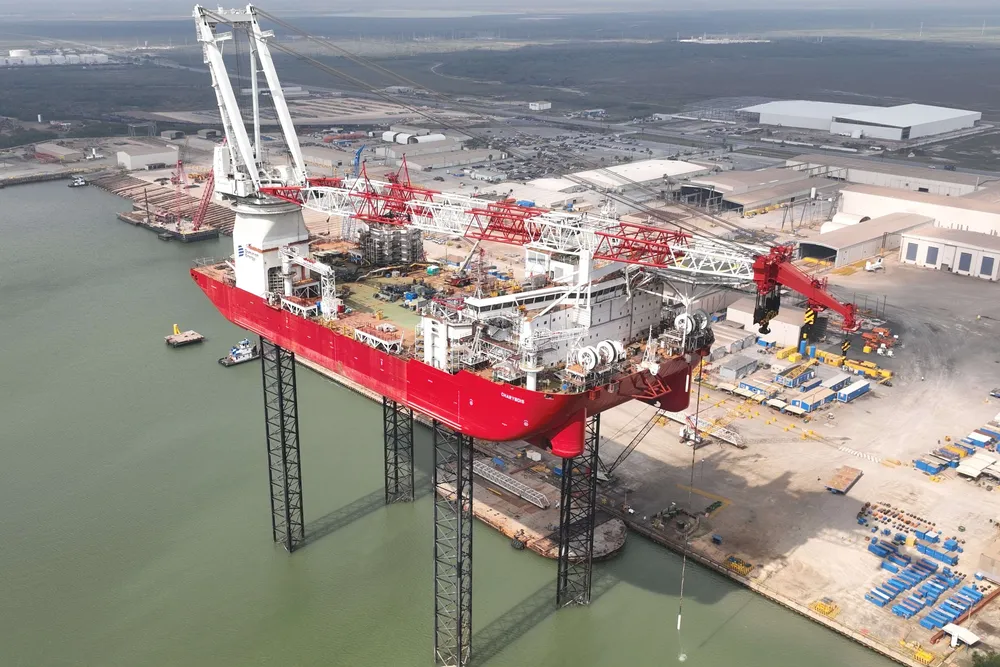Trump warned axing largest US offshore wind farm would be 'most inflationary action'
Halting 2.6GW project needed to meet surging data centre demand would be major mistake, says utility CEO

Dominion Energy CEO Bob Blue doesn’t foresee impacts from President Donald Trump’s halting offshore wind leasing and permitting to its mammoth 2.6GW Coastal Virginia Offshore Wind (CVOW) project currently in at-sea construction.
“We don't think there's going to be impact to CVOW from the executive order,” Blue said, speaking on the company’s Q4 2024 earnings call today.
The fully approved project is already 50% complete, enjoys bipartisan support in the state, and is “an important part of an all-of-the-above strategy to deliver more power to a growing economy in Virginia,” Blue said.
“It's certainly the fastest and most economical way to deliver 2.6GW to the grid,” he added, noting that “stopping it would be the most inflationary action that could be taken with respect to energy in Virginia.”
“Higher network upgrade cost estimates by PJM reflect the significant increase in demand growth that requires incremental generation transmission resources across the system,” Blue noted.
PJM now estimates 6% compound annual growth in load through 2030, while Dominion sees summer peak demand reaching some 41.5GW by 2034, up from the 2024's estimated 23.1GW.
Project costs now stand at $10.7bn, up from the original $9.8bn budgeted in 2021.
Blue emphasised that despite the one-time hike, “the aggregate costs for other project inputs, including offshore scope, have remained in line with the original budget.”
The current price tag brings the project to $4.1m per MW, with levelised cost of energy (LCOE) around $91/MWh, which declines to $62/MWh with inclusion of renewable energy credits (REC).
National Renewable Energy Laboratory estimates costs skyrocketed as much as 50% between 2021 and last year, reaching average LCOE of $125/MWh that drove three-quarters of US offtake to be cancelled or renegotiated.
Virginia difference
While offshore wind is contracted in most states via competitive auctions, with developers fully shouldering the risks, in Virginia's tightly regulated market CVOW is being developed as a conventional power plant with guaranteed returns on investment.
By Virginia regulations, 50% of project costs between $10.3bn and $11.3bn are unrecoverable from customers and borne by project owners.
Confidence in the process enabled Dominion to enter most supplier contracts before inflation started rising in 2022, allowing it to contain costs.
CVOW offshore installation began last May, with contractor Deme already completing 78 monopiles and constructed 15 transition pieces. The utility expects to finish installing all 176 Siemens Gamesa 14MW turbines by the end of 2026.
Dominion expects to receive the vessel from Seatrium by the third quarter of this year, in time for turbine installation.
(Copyright)